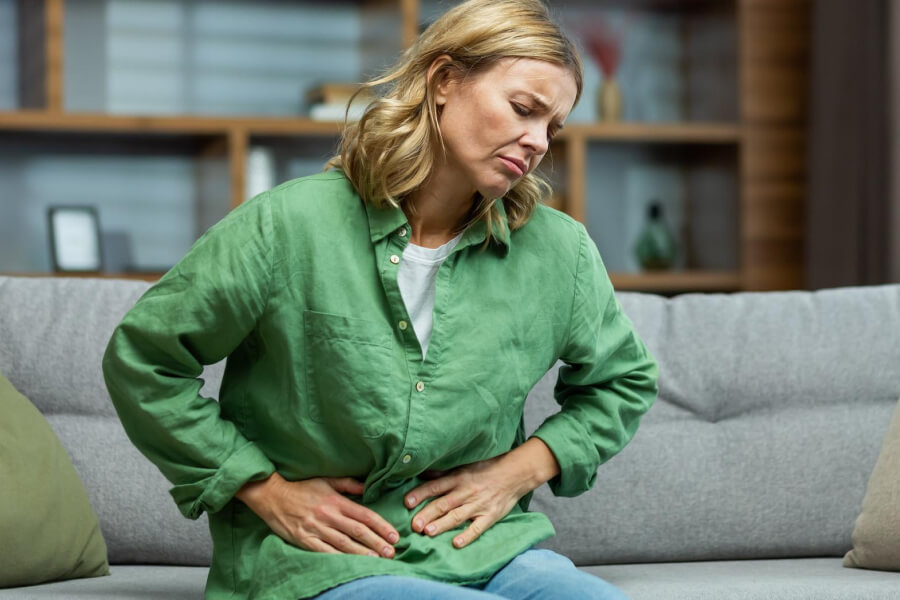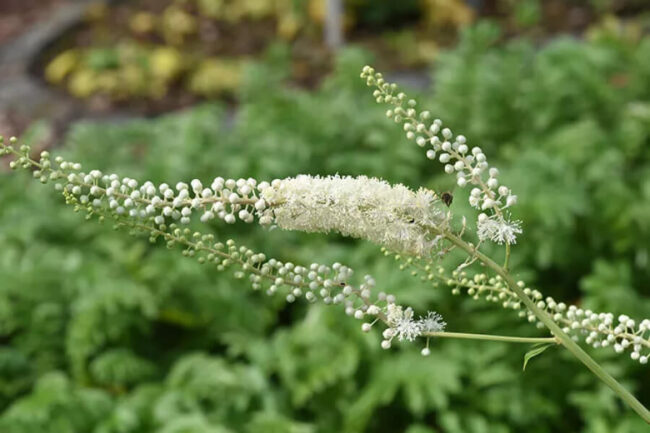In this blog you will get to know 5 easy natural remedies for vaginal atrophy to make it at home!
Factors that can lead to a decrease in estrogen include:
- Menopause: The natural decline in estrogen production during menopause is the most common cause.
- Breastfeeding: Hormonal changes during breastfeeding can lead to temporary atrophy.
- Oophorectomy: Surgical removal of the ovaries, which produce estrogen, can result in atrophy.
- Certain Medications: Treatments for cancer, endometriosis, and other conditions can reduce estrogen levels.
Symptoms of Vaginal Atrophy
- Vaginal dryness
- Itching or burning sensation
- Pain during intercourse (dyspareunia)
- Light bleeding after intercourse
- Urinary symptoms such as frequency, urgency, and increased risk of urinary tract infections (UTIs)
Home Remedies for Vaginal Atrophy
While traditional medical treatments like estrogen therapy are available, many women prefer natural remedies for vaginal atrophy to manage their symptoms. Here are five effective natural remedies for vaginal atrophy you can prepare:
Vitamin E Suppositories
Vitamin E is known for its moisturizing and healing properties, which can help alleviate vaginal dryness and irritation.
How to Prepare:
- Purchase vitamin E capsules from a pharmacy.
- Puncture the capsule and apply the oil directly to the vaginal area.
- Alternatively, insert the capsule as a suppository at bedtime.
Coconut Oil
Coconut oil is a natural lubricant that can provide immediate relief from dryness and irritation.
How to Use:
- Use pure, organic coconut oil.
- Apply a small amount to the vaginal area as needed.
- For internal use, you can insert a clean, oil-coated tampon.
Aloe Vera Gel
Aloe Vera has soothing and anti-inflammatory properties, making it an excellent remedy for vaginal atrophy symptoms.
How to Prepare:
- Extract fresh aloe vera gel from the plant.
- Apply the gel to the affected area for instant relief.
- Use daily for best results.
Calendula Ointment
Calendula is known for its healing and anti-inflammatory properties. It can be used to reduce inflammation and discomfort associated with vaginal atrophy.
How to Prepare:
- Infuse dried calendula flowers in coconut oil or olive oil for a few weeks.
- Strain the oil and apply it to the vaginal area.
- Use regularly to maintain relief.
Herbal Sitz Baths
A sitz bath with herbs like chamomile, calendula, and lavender can soothe irritation and promote healing.
How to Prepare:
- Add a handful of dried herbs to a warm bath.
- Soak for 15-20 minutes.
- Repeat a few times a week for optimal results.
Herbs and Supplements
Black Cohosh
Black Cohosh is a herb commonly used to alleviate menopausal symptoms, including vaginal atrophy.
How to Use:
- Take black cohosh supplements as directed on the package.
- Consult with a healthcare provider before starting any new supplement.
Red Clover
Red Clover contains phytoestrogens, which can help alleviate symptoms of vaginal atrophy.
How to Use:
- Drink red clover tea daily.
- Alternatively, take red clover supplements.
Healthy Diet
A balanced diet rich in phytoestrogens, omega-3 fatty acids, and antioxidants can support overall vaginal health.
Foods to Include:
- Soy products (tofu, tempeh, soy milk)
- Flaxseeds
- Fatty fish (salmon, mackerel)
- Fruits and vegetables
Exercise
Regular physical activity can improve blood flow and overall health, which in turn can benefit vaginal health.
Recommended Exercises:
- Kegel exercises: Strengthen pelvic floor muscles.
- Yoga: Improves flexibility and reduces stress.
- Walking or jogging: Enhances cardiovascular health.
Personal Care Products
Choosing the right personal care products is crucial for managing vaginal atrophy.
Tips:
- Use unscented, gentle soaps and hypoallergenic lubricants.
- Avoid douches and scented products which can irritate the vaginal area.
Traditional Treatments for Vaginal Atrophy
While natural remedies for vaginal atrophy can be effective, traditional medical treatments are also available and may be necessary for severe cases.
Options:
- Estrogen Therapy: Available in creams, tablets, or rings.
- Ospemifene: A non-estrogen oral medication.
- Vaginal Moisturizers: Provide longer-lasting relief than lubricants.
How to Prevent Vaginal Atrophy
Lifestyle Changes:
- Stay sexually active: Regular sexual activity increases blood flow and maintains vaginal elasticity.
- Avoid smoking: Smoking reduces blood flow and estrogen levels.
- Maintain a healthy weight: Excess body fat can disrupt hormone levels.
When to See Your Doctor
It’s essential to consult with a healthcare provider if you experience severe symptoms, persistent discomfort, or any new or worsening symptoms despite home remedies for vaginal atrophy.
Conclusion
Vaginal atrophy is a common and manageable condition. With the right combination of home remedies for vaginal atrophy, lifestyle changes, and, when necessary, medical treatments, you can alleviate symptoms and improve your quality of life. Always consult with a healthcare provider before starting any new treatment, especially if you have underlying health conditions or are taking other medications.
FAQs
What is Vaginal Atrophy?
Vaginal atrophy, or atrophic vaginitis, is the thinning, drying, and inflammation of the vaginal walls due to decreased estrogen levels.
When to See Your Doctor?
See your doctor if you experience severe or persistent symptoms, or if home remedies for vaginal atrophy do not provide relief.
Why Is Vaginal Dryness a Big Deal?
Vaginal dryness can cause discomfort, pain during intercourse, and increase the risk of urinary tract infections, significantly impacting a woman’s quality of life.
Can Vaginal Atrophy be Reversed?
While it may not be completely reversible, symptoms of vaginal atrophy can be managed and significantly improved with appropriate treatments and lifestyle changes.







